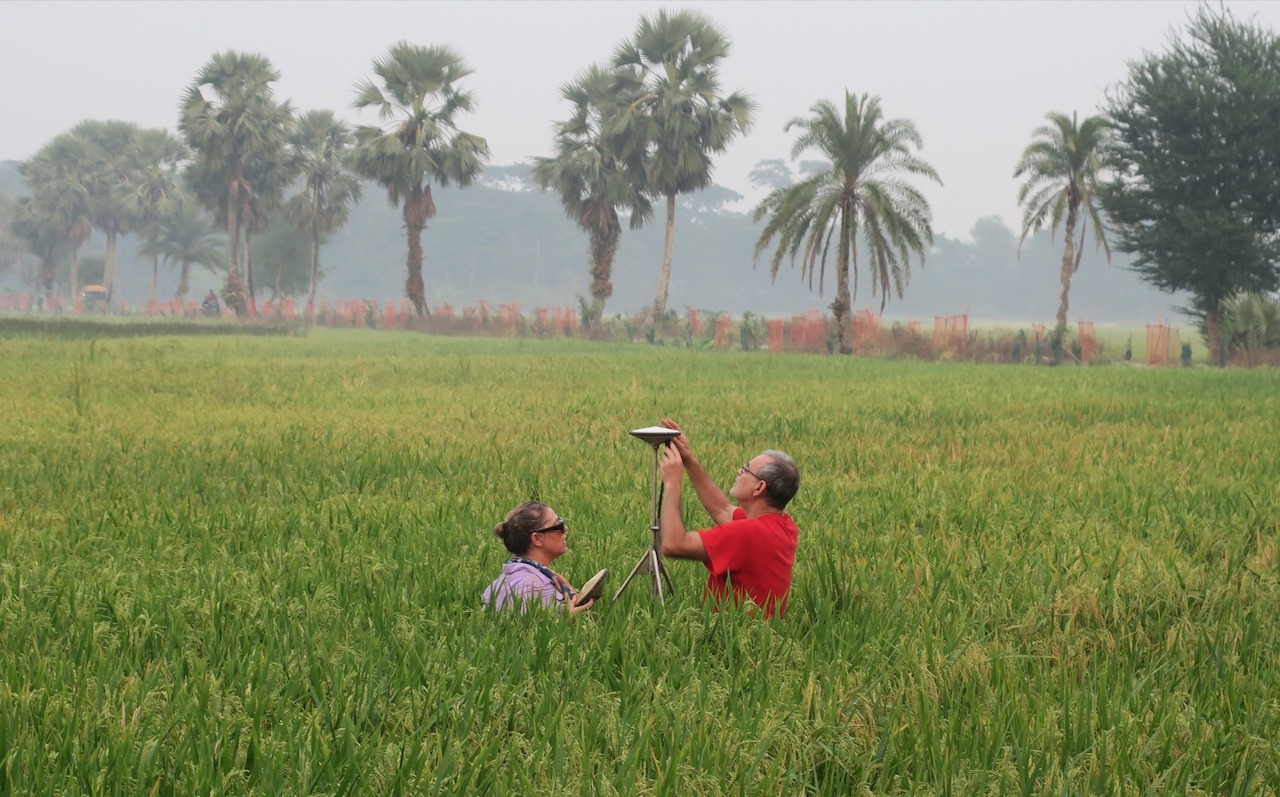IJERPH, Vol. 22, Pages 1753: Healthcare Professionals’ Perceptions and Acceptance of Telemonitoring During Pregnancy and Early Labor: A Single-Center Survey
International Journal of Environmental Research and Public Health doi: 10.3390/ijerph22111753
Authors:
Julia Jockusch
Sophie Schneider
Andrea Hochuli
Marianne Simone Joerger-Messerli
Daniel Surbek
Anda-Petronela Radan
The use of health monitoring software applications (apps) and devices is gaining popularity in obstetrics. The attitude and acceptance of different healthcare professionals regarding telemonitoring during pregnancy and the early phase of labor have not been sufficiently investigated. This study aims to assess healthcare professionals’ views on telemonitoring during pregnancy and childbirth, as well as data processing in the telemonitoring process. The study is part of an international project called `Newlife`, funded by the European Council and nationally funded by the Swiss State Secretariat for Education, Research and Innovation and Innosuisse. Eleven physicians from the fields of obstetrics and neonatology and five prenatal care nurses and five midwives were interviewed. First, participants were asked to fill out a written questionnaire with open and closed-ended answers, containing questions with a 5-point Likert scale. In a second step, a personal oral interview was conducted with all respondents. The study had an exploratory, qualitative focus. Questionnaire responses were summarized using descriptive statistics, while interview recordings were transcribed verbatim and systematically coded to identify recurring themes. Of the respondents (n = 20), five (25.0%) reported previous experience with telemonitoring in their professional practice, and all of them considered it useful. Regarding attitudes and acceptance, 57.1% (n = 12) of respondents would welcome telemonitoring during pregnancy and 52.4% (n = 11) during the early phase of labor, while 33.3% expressed no clear opinion. Rejection of telemonitoring was indicated by 9.6% (n = 2) during pregnancy, and 19.0% (n = 4) during early labor. In terms of perceived benefits, respondents highlighted early detection of problems (n = 13, 61.9%), improved prenatal care (n = 11, 52.4%), and better opportunities for data analysis and research (n = 12, 47.1%). Perceived risks included technical challenges and susceptibility to errors (n = 14, 66.7%), the lack of human contact and personal support (n = 14, 66.7%), and potentially inaccurate measurements (n = 12, 57.1%). This study offers insights into healthcare professionals’ attitudes and acceptance of telemonitoring in healthcare during pregnancy and the early stages of labor. There is a generally positive outlook but concerns and preferences exist. Addressing these considerations is essential for developing effective and user-friendly telemonitoring systems that benefit both healthcare professionals and pregnant women
Source link
Julia Jockusch www.mdpi.com


